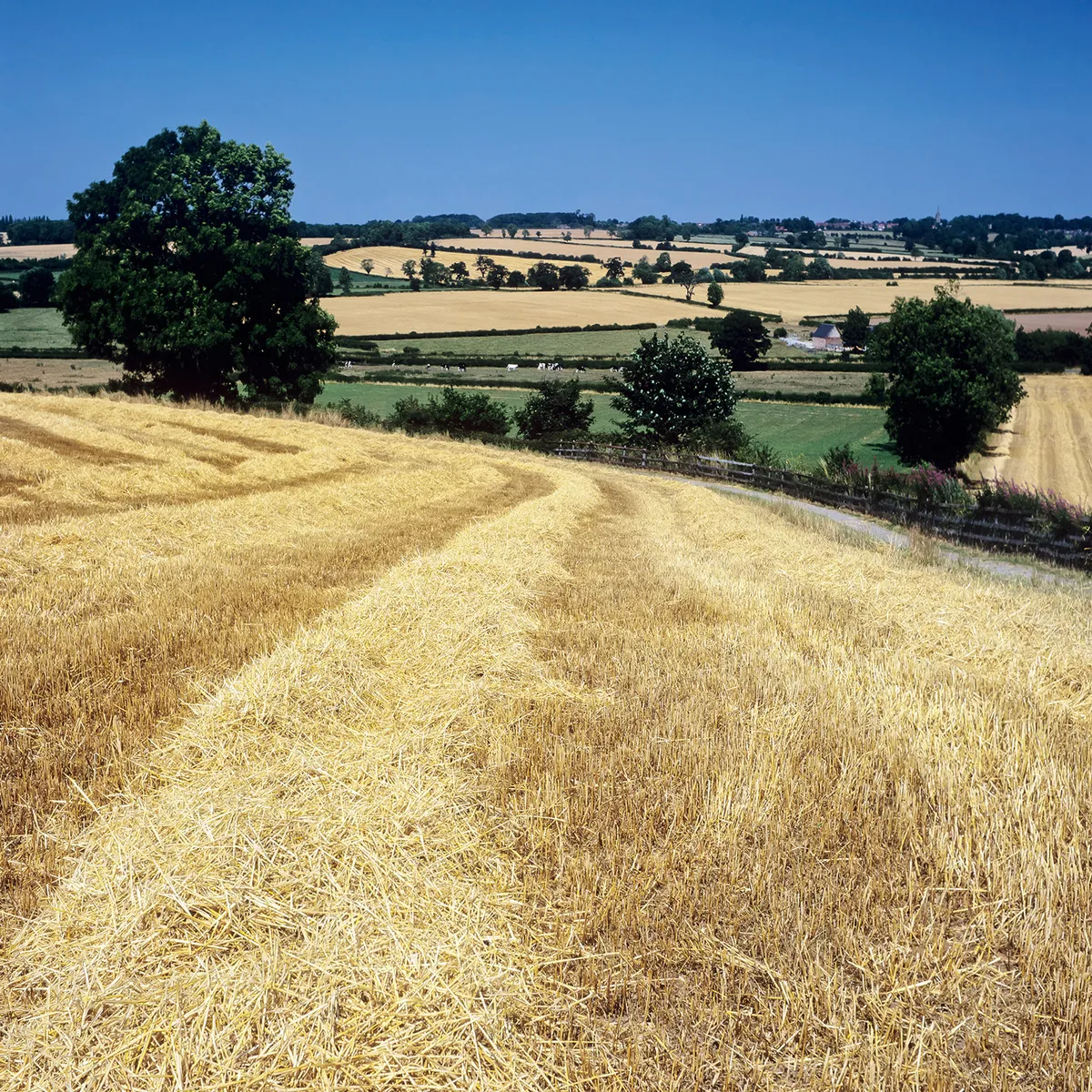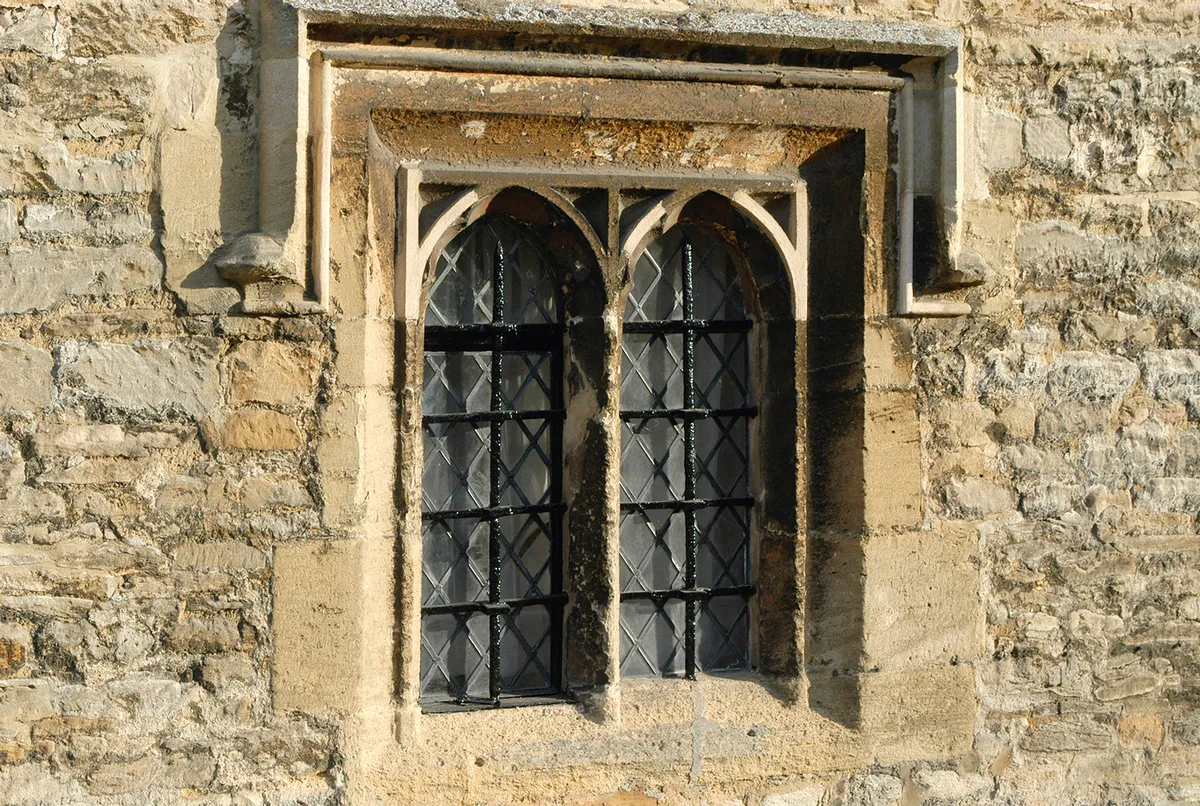When was the Tudor period?
The Tudor era began in 1485 when Henry VII’s troops demolished Richard III on a battlefield near Bosworth. The period ended in 1603 when a wrinkled and imperious queen finally allowed herself to sleep. And although they died centuries ago, the Tudors – whether much-married monarch or unmarried Virgin queen – still impress themselves upon our imaginations today.
Facts about the Tudors
- The population of England was around 2.5m in 1525, rising to 4m by 1600. London had 60,000 people in 1524, more than trebling to 200,000 by 1600. Other towns also grew dramatically: both Plymouth and Newcastle doubled in size. Still, only 20 towns in England had a population of more than 5,000.
- Very few people were city-dwellers: most lived in rural surroundings in towns and villages of fewer than 400 people.
- 76% of the population of England worked in agriculture.

How did the Tudors change religion in Britain?
The Tudor sovereigns oversaw far-reaching changes that affected the whole country. To marry Anne Boleyn, Henry VIII broke off ties with the Roman Catholic church and made himself the head of a new Church of England. The subsequent religious reforms may not all have been desired by Henry but some of them made him rich. In the dissolution of the monasteries (1536-1541), more than 800 religious houses were ‘dissolved’ and their lands expropriated by the Crown.
The largest rebellion of the period occurred in 1536 and was a direct reaction by ordinary people who rejected Henry’s religious changes. His Catholic daughter, Mary I, later presided over the burning of nearly 300 Protestant heretics. Her Protestant half-sister, Elizabeth I, subsequently responded by persecuting Catholic priests. What you believed had become a matter of life and death.
What was life like in the Tudor period?

Little Moreton Hall, Cheshire. A masterpiece of Tudor craftsmanship
For the wealthy, Tudor architecture provided spectacular housing. For instance, Little Moreton Hall, pictured above is a wonderfully wonky house; a gorgeous example of decorative timber-frame architecture. It was the sort of house fashionable for 16th-century gentry. Moated and three storeys high, the building contained 37,000 leaded panes of glass in its windows.
Glass was also a luxury material, widely used in Tudor windows as a status symbol. Due to its expense, only tiny panes were produced, held together by lead in a 'criss-cross' or lattice pattern.

A typical Tudor glass window, held together by a lattice pattern of lead
How was life like for ordinary people?
However, for the majority of people, home was simple houses built on a couple of pairs of ‘cruck-frames’ or wooden arches. Around this timber frame, the walls were made of wattle-and-daub – that is, woven hazel branches slathered with a mixture of mud, dung, horsehair and straw. Over time, the timbers faded to silver and the walls took on an ochre shade; it was the Victorians who decided to render them black and white.

Most people in Tudor times lived in simple cruck-framed houses, such as this 14th-century timber cottage in Didbrook, Gloucestershire
Basic houses, then, had two rooms on one earthen floor – a hall with a hearth and a chamber with a bed. In the Tudor age, central fires were gradually replaced by fireplaces on inner walls, meaning rooms could be built on the floors above. Glass windows were a luxury. They had few others. Robert Holland, a day-labourer of Hampton Poyle in Oxfordshire, died in 1568 and left behind a cow, a heifer, a sheep, three kettles, one little brass pot, four platters, a saucer, one bedstead, one coffer, a sack, two pairs of sheets, one bolster, and one twill cloth. The value of his estate amounted to 19 shillings, or about £162 in today’s terms.
People mostly ate pottage – a vegetable stew. Those with more money would vary this with ‘white meats’ (dairy products) and bread (the whiter, the more expensive). Only the very rich subsisted on a diet of daily meat.
The rich also tended to marry younger than the poor. Ordinary people married at a similar age to today – in their mid- to late-20s. Once married, women were, on average, pregnant every other year. There was no reliable contraception, and the risks of dying in childbirth were great. The risks for the child were even greater: a quarter of all children died in the first year of life, another quarter by the age of 10. But if you made it to 20, you might well live to a ripe old age – that’s if famine, plague or the noose didn’t get you first.
What did England's landscape look like during the Tudor period?
The English countryside looked very different to today. Large open fields were divided into furlongs separated by soil paths and each furlong was sub-divided into strips of land, worked by tenants of the manor. From the sky – should anyone have been able to see – the fields would have been a patchwork of strips running in different directions, each growing different crops or lying fallow.Only about 30% of England’s land was under the till. A quarter was wilderness. This was not only the great moors and heaths of Devon and Westmorland; in the 16th century, untamed wasteland and marshes stretched across the countryside. Forests and woodlands covered another 10%, and as much land was tilled as was given over to animals. There were twice as many sheep as people.But things were changing. Forests were increasingly plundered for firewood, the dissolution of the monasteries – who had owned as much as a third of agricultural land – created a land market, and landlords were starting to enclose fields and commons. By 1600, many landlords had shifted to contractual tenure, in which rent could be revised upwards. These were known as ‘rack-rents’ – the tenants were stretched as far as could be. People bemoaned private profit being placed above public good.
An era for art
Poets, painters and playwrights took inspiration from ancient tyranny, Renaissance technique and exotic tribulations to create some of the finest art that humans have ever produced. Around them, ordinary people suffered the fierce pangs of hunger, cold and deadly disease.
Best Tudor sites to visit
Ludlow is a pretty town with many Tudor houses, but the castle at its heart is its most evocative building. Here Prince Arthur, Henry VIII’s elder brother, died and changed the course of history. You can see decorative fireplaces, arched windows and a beautiful circular nave.
£6. Open daily. SY8 1AY. 01584 873355
One of the most spectacular buildings of the Elizabethan age was the work of a remarkable woman, Bess of Hardwick. It has lavish acres of glass and six impressive turrets. Inside, the Long Gallery is the size of a street of terraced houses.
£15.40. Open daily. Near Chesterfield, S44 5QJ. 01246 850430
Many dissolved monasteries were converted into private dwellings. This one later became the home of Sir Francis Drake. The Great Hall, with its wood panelling and plasterwork ceiling, is a picture-perfect example of Tudor domestic style.
£12.80. Open daily. Yelverton, PL20 6EY. 01822 853600
4. Anne Hathaway’s Cottage, Warwickshire
Picture a chocolate-box country cottage: the timber beams, the thick thatch, and a brick chimney or two. Anne Hathaway’s home wonderfully evokes the conditions of everyday Tudor life.
£11.25. Open daily. Stratford-upon-Avon, CV37 9HH
5. Hampton Court Palace, Surrey
This spectacular Tudor palace was home to Cardinal Thomas Wolsey until he was forced to surrender it to Henry VIII after failing to secure a marriage annulment for the king. Henry extended it massively, including kitchens that could feed up to 600 people a day.
£19.20. Open daily. KT8 9AU
6. The Shrine of Our Lady of Walsingham, Norfolk
This peaceful village was once home to the most important shrine to the Virgin Mary in England, and a place of pilgrimage and devotion. Katherine of Aragon went there to pray for her fertility.
Free. Open daily. Walsingham, NR22 6BP. 01328 820255
Experience an opulent Elizabethan interior of panelled walls, ornate plasterwork and fine paintings, in this atmospheric house, occupied since 1350. Outside, wander the extraordinary topiary gardens, planted in the 18th century.
£13.90. Open Sunday to Thursday. Kendal, LA8 0PD. 015395 60321
Once home to Sir Thomas More, this priory and its thriving community attracted the ire of Henry VIII when its prior refused to swear an oath acknowledging Anne Boleyn as queen and Henry as Supreme Head of the Church.
Free. Open Tues-Sun, 11-5. Charterhouse Square, EC1M 6AN. 0203 818 8873
9. Baddesley Clinton, Warwickshire
This moated house, complete with bridge and crenellated gatehouse, has a lovely Great Hall and Tudor kitchen. It is most famous as a haven for persecuted Catholic priests under Elizabeth I, and boasts an elaborate series of concealed hiding places, or priest holes.
£12.60. Open daily. B93 0DQ. 01564 783294
10. Little Moreton Hall, Cheshire
Featured in the article itself, this glorious construction is open to explore.
£12. Open Wednesday to Sunday (daily in August). Congleton,
CW12 4SD. 01260 272018
